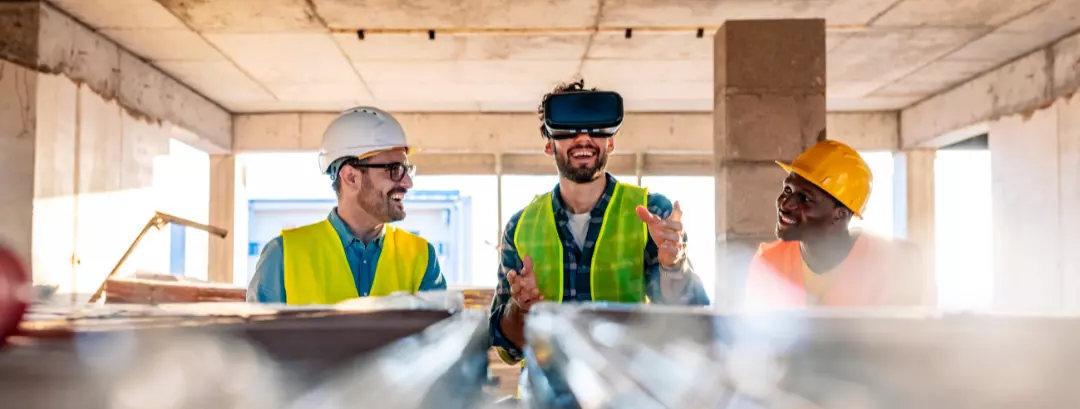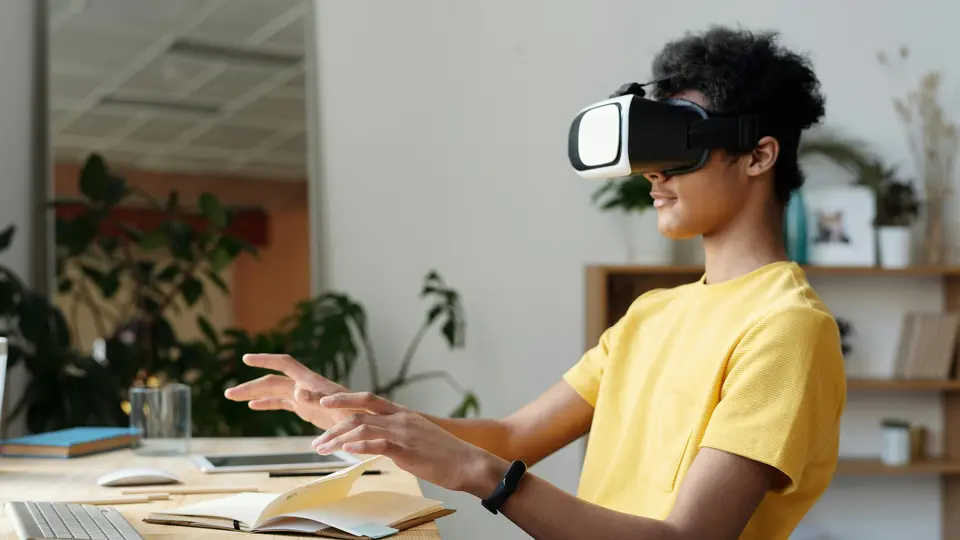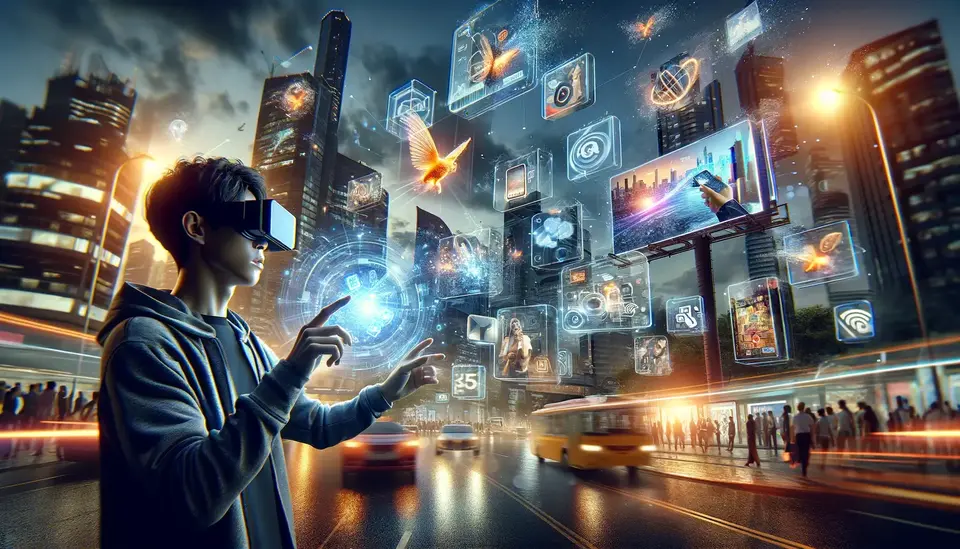Benefits of Virtual Reality (VR) for Manufacturing
Posted on April 4, 2023 3 minutes 535 words
Table of contents
Virtual reality (VR) technology has made significant strides in recent years, with applications spanning from gaming and entertainment to healthcare and education. One area where VR is proving to be particularly valuable is the manufacturing sector. In this blog post, we will explore the benefits of incorporating virtual reality into manufacturing processes, highlighting how it can lead to improved efficiency, reduced costs, and increased safety.
Design and Prototyping
The design and prototyping process can be lengthy and costly, but VR technology offers a solution to streamline this crucial phase. Virtual prototyping enables engineers and designers to create, review, and modify 3D models in an immersive virtual environment. This approach not only reduces the need for physical prototypes, but also accelerates the decision-making process by allowing teams to collaborate and review designs in real-time. By shortening the design cycle, manufacturers can save time and resources, bringing products to market more quickly.
Employee Training and Skill Development
VR provides an immersive, hands-on method for training employees in the manufacturing industry. By simulating real-world scenarios and workspaces, trainees can practice their skills in a controlled environment, leading to increased knowledge retention and reduced training time. Furthermore, VR enables remote training and collaboration, making it possible for employees to learn from experts located around the world.
Safety and Risk Reduction
Safety is of paramount importance in the manufacturing industry, and VR can help mitigate risks by simulating potentially hazardous situations without putting employees in harm’s way. By training workers to handle emergencies and follow safety protocols in a virtual environment, manufacturers can improve overall safety and reduce the potential for accidents. Additionally, virtual simulations can help identify potential risks in the manufacturing environment, allowing for proactive measures to be taken.
Enhanced Quality Control and Inspection
Quality control is essential in manufacturing, and VR technology can play a significant role in improving this aspect. Virtual inspections allow teams to examine products and components in detail, identifying potential issues before they become costly mistakes. This process can also result in faster issue resolution and reduced downtime, as adjustments can be made in the virtual environment before being implemented in the physical one.
Remote Monitoring and Maintenance
VR technology enables remote monitoring of manufacturing processes and equipment, providing real-time data analysis and maintenance support. By employing VR for predictive maintenance, manufacturers can reduce downtime and extend the life of their equipment. Furthermore, technicians can perform maintenance tasks remotely, reducing the need for on-site visits and minimizing disruptions to production.
Streamlined Communication and Collaboration
Improved communication and collaboration are essential for modern manufacturing, and VR can facilitate these by creating virtual meeting spaces where teams can interact. These virtual spaces can reduce travel time and costs, while also enabling global collaboration among teams from different locations. By embracing VR, manufacturers can enhance cooperation, accelerate decision-making, and drive innovation.
Conclusion
Incorporating virtual reality technology into manufacturing processes offers significant benefits, from cost savings and efficiency improvements to enhanced safety and reduced downtime. As the industry continues to evolve, manufacturers that adopt VR technology will have a competitive edge, allowing them to stay ahead of the curve and deliver high-quality products to their customers.








